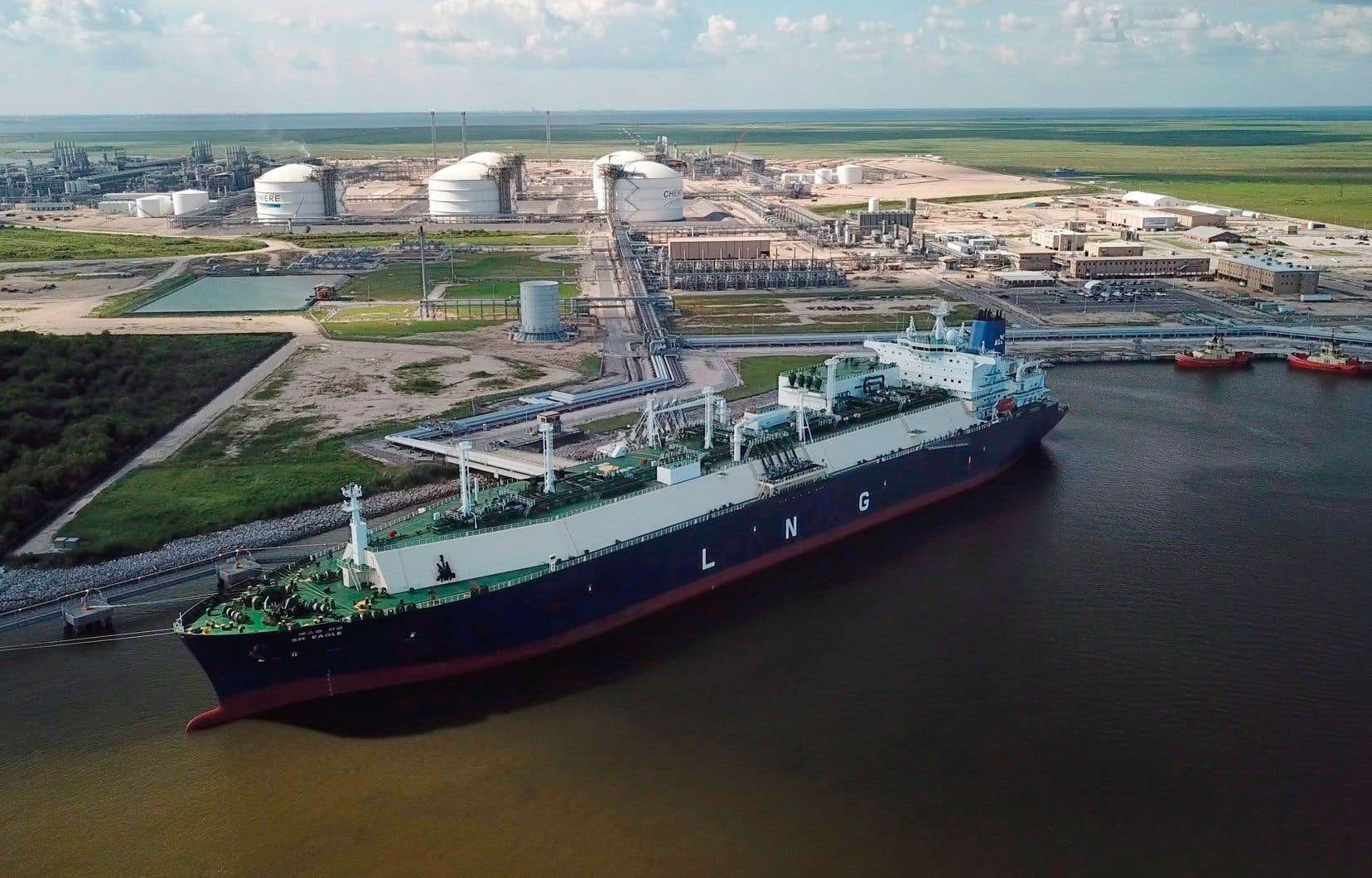The oil and gas industry in British Columbia used more than six billion litres of fresh water last year, much of it for fracking operations needed to produce gas. Environmentalists have accused the companies of increasing water consumption of fueling a climate crisis that is causing droughts, particularly in the province.
According to official data from the BC Energy Regulator (BCER), which regulates energy resource development in British Columbia, the oil and gas sector pumped just over six billion litres of water in 2023, mainly in the northeast of the territory, where the majority of gas development sites are located.
Since this gas is mainly exploited in “tight reservoirs”, companies must resort to hydraulic fracturing, a technique similar to that used for shale gas. Each drilling thus requires several million liters of water to which various chemicals are added, some of which are toxic for the environment.
The BCER specifies in its report on annual water withdrawals, published recently, that aquifers and several rivers are used as sources of supply for the operations of the fossil fuel industry.
Last year, ARC Resources, which exploits gas through fracking, pumped nearly 150 million litres of water from the Kiskatinaw River, which flows through a provincial park.
The gas exploited by this company will be used in particular to supply the Cedar LNG floating liquefaction plant, designed to export liquefied natural gas (LNG) by LNG carrier to the Asia-Pacific market. The Crown corporation Export Development Canada has granted funding of $400 to $500 million to this project, the construction of which was welcomed by Prime Minister Justin Trudeau. The project was approved last year by federal Environment Minister Steven Guilbeault.
LNG Canada, another project supported by the Trudeau government, has pumped just over 80 million litres of water from the Kitimat River, but the project is authorized to withdraw about 1.5 billion litres annually. Petronas Energy Canada, a subsidiary of Malaysian multinational Petronas, pumped about 130 million litres of water last year for its operations.
Water and drought
Environmental organization Stand.earth is denouncing the increasing consumption of fresh water by the oil and gas industry in British Columbia, pointing out that the six billion litres pumped in 2023 represented an increase of 800 million litres compared to the previous year.
Growth has been steady for several years, with the industry pumping just over two billion litres in 2018, according to official provincial data. At this rate, and taking into account the expected increase in gas production through fracking, the David Suzuki Foundation estimates that annual water consumption could reach around 16 billion litres by 2050.
“The rise in water consumption by industry shows no signs of slowing down,” said Sven Biggs, an oil and gas industry expert for Stand.earth. The group is calling for regulations that would require the industry to reduce pumping from B.C.’s rivers and aquifers, and to treat all water used to fracture natural gas-bearing formations.
Stand.earth also points out that the province is facing droughts that are linked to the impacts of the climate crisis fueled by our dependence on fossil fuels.
The provincial government also launched an awareness campaign in June aimed at citizens to encourage them to reduce their water consumption, in particular by reducing watering, turning off the tap when brushing their teeth and opting for household appliances that consume less water.
